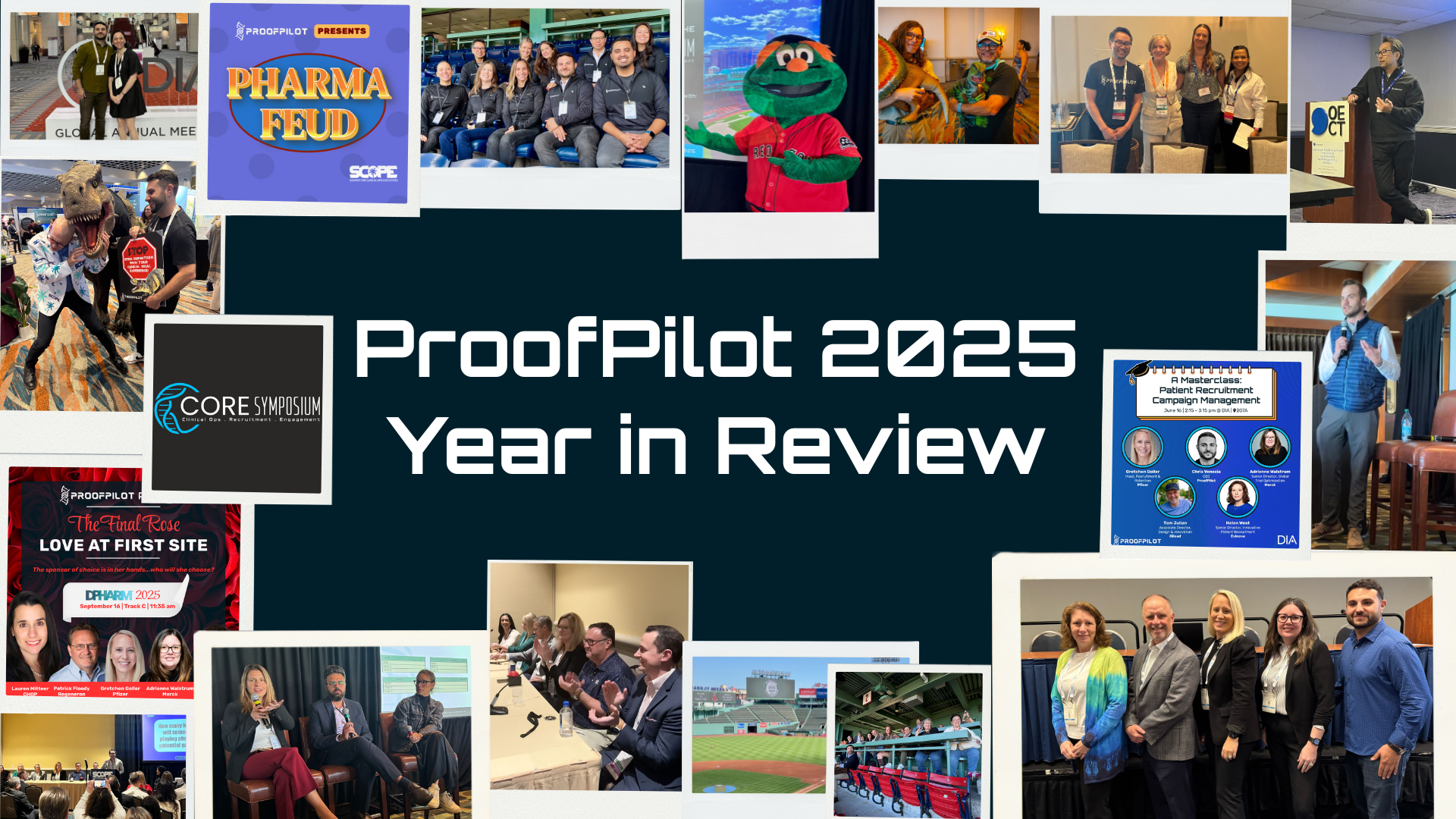In the dynamic realm of clinical research, basic adherence to the protocol stands as the definition of success. In our recent "Do You Even Science?" webinar, our expert panel delved into the big picture challenges of protocol compliance and the importance of embracing back-to-basics innovation to navigate this high stakes terrain. Let's recap the key takeaways from this insightful discussion, shedding light on the fundamental principles that not only drive, but define clinical research.
Downstream Effects of Protocol Noncompliance
Protocol deviations, often perceived as a normal part of the process, have far-reaching consequences, negatively impacting patient safety, study outcomes, operational efficiency, regulatory approvals and even whole company trajectories. From FDA rejections to compromised integrity and patient safety, the imperative of proactive risk management cannot be overstated. The root cause of noncompliance is mostly driven by complexity of operations and inadequate support for sites and patients, resulting in bad data driven by simple human error. At best, poor data creates a drag on overall efficiency and compromise research credibility. At worst, poor data drive delays in approvals, hinders patients' access to therapies and destroys company profitability.
Addressing Non-Compliance
Addressing protocol deviations and poor data quality requires a comprehensive approach integrating proactive risk management and rigorous data management to ensure study integrity, reliability, and regulatory compliance. Sponsors and study teams must recognize the limitations of conventional, reactive methods and embrace innovative approaches to enhance protocol adherence in a proactive way, with an abundance of enabling tools, generating leading indicators of conduct excellence.
Conventional, more reactive methods to reign in non-compliance usually include flurries of emails, newsletters, protocol clarifications, and revised trainings. While these methods are well intended, they are triggered by lagging indicators only seen after data entry, long after patient visits have happened.
Proactive Risk Management Plans (RMPs) can help to mitigate non-compliance, empowering study teams to pre-identify potential pitfalls and take preemptive measures throughout the trial duration. Through a concerted effort to align in premeditated actions and thresholds, study teams can more swiftly address protocol non-compliance more effectively. Nevertheless, RMPs are still reactive in nature as their actions are based on events in the past.
Next-Generation Approaches
In the end, protocol conduct is a direct function of human behavior, which is best supported in the moment, much like GPS guided driving instructions. Additionally, protocol complexity is vastly underestimated, only compounding the problem. When digitalizing the actual workflow to conduct a protocol, ProofPilot typically sees an exponential increase in total tasks (i.e. implicit, hidden, and ambiguous) when compared to the schedule of events.
By transitioning towards digital platforms and automated systems, study teams can minimize the risk of errors and improve the efficiency of protocol execution. Furthermore, the right technology can foster more effective communication between CRAs and study sites to swiftly address any emerging issues.
In addressing the complexities of protocol adherence, next-generation solutions such as Proof Pilot and CluePoints have emerged to revolutionize the clinical research landscape. These solutions prioritize prevention over reaction, aiming to simplify and streamline the execution of complex clinical trials. By leveraging technology to integrate and automate complex instructions and technology sequences, ProofPilot empowers sites and patients to navigate protocols with precision and efficiency, enabling high quality execution of even the most complex studies
Looking Forward
It’s clear that protocol compliance is a success factor not just for conduct, but for the commercial viability of a drug or company. Embracing innovative solutions like ProofPilot offers a path forward, ensuring streamlined execution and credible outcomes no matter the setting or new fangled innovation. Let's realign on what provides a molecule's best chance at proving safety and efficacy - protocol compliance. This is the best way to bring us closer to transformative breakthroughs in clinical research.




